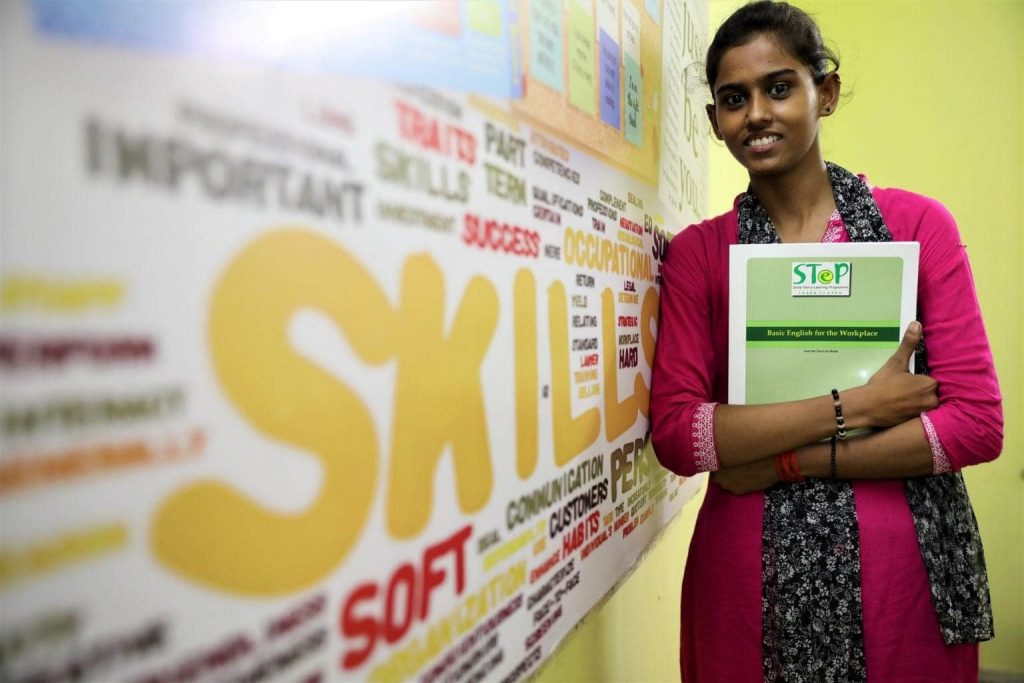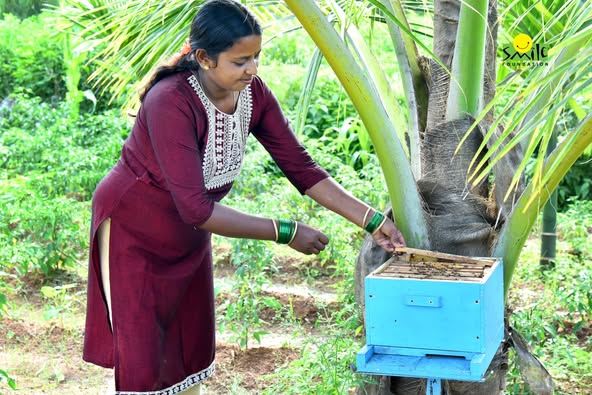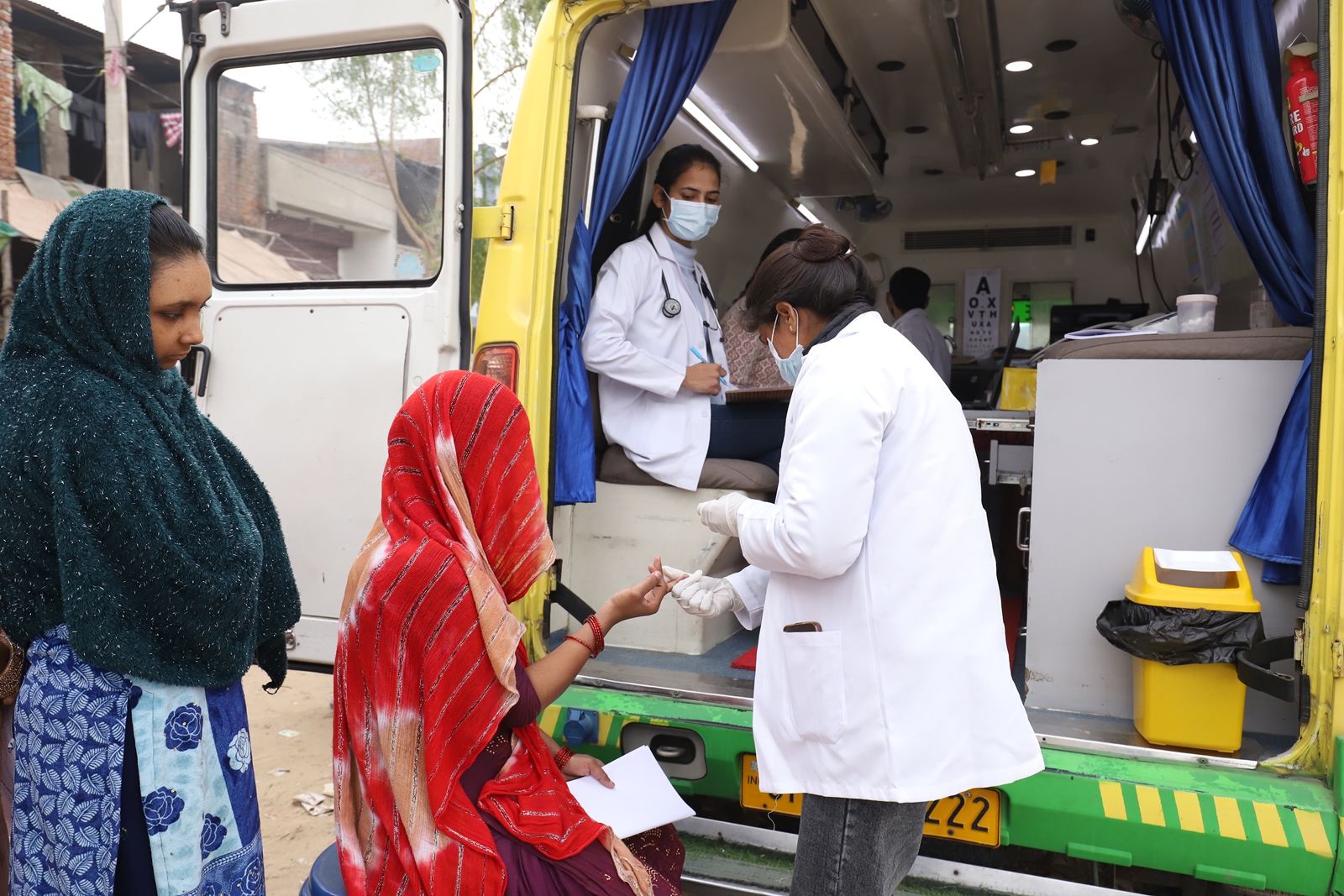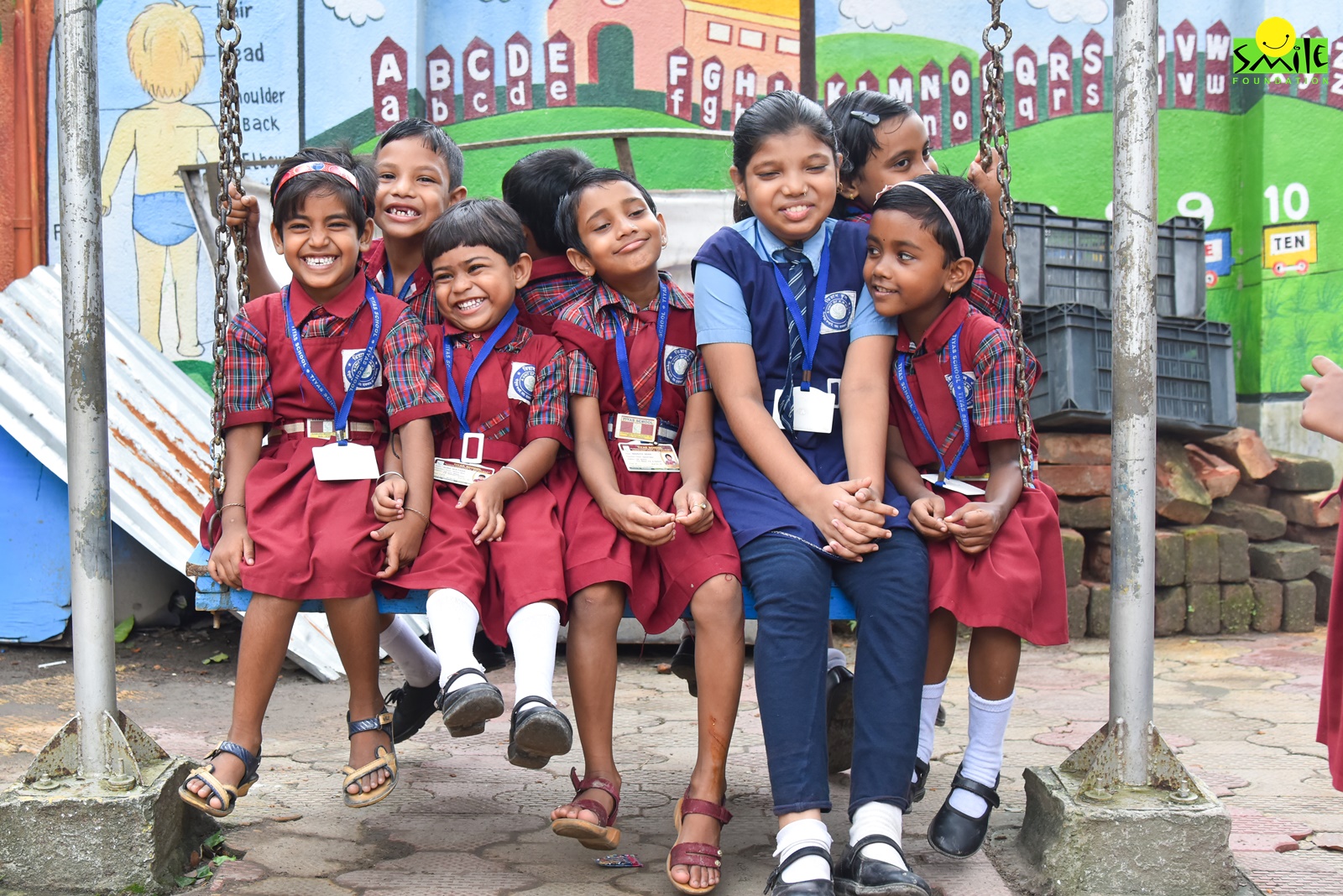Students pursuing higher education often jest or express genuine concern at some point, saying, “This degree won’t guarantee me a job!” This sentiment, whether humorous or earnest, reflects a common awareness among students about the challenges they may encounter when transitioning from education to employment.
One of the significant issues contributing to this challenge is the lack of emphasis on skill development within academic programs. As a result, there remains a noticeable gap between what students learn in educational settings and the practical skills demanded by employers. This mismatch often leads to stress and apprehension among graduates who find themselves unprepared to pursue suitable job opportunities upon completing their studies.
In a 2023 paper by Deeksha Chaurasia and Punnam Veeriah published in the Indian Journal of Vocational Education, the authors emphasise that as India becomes a ‘knowledge economy,’ there is a growing imperative to prioritise skilling the youth. These skills must be directly relevant to the changing economic landscape. Given how the job market lately has become extremely dynamic, employers across the globe seek candidates who possess not only academic knowledge but also practical skills aligned with current industry needs. This shift underscores the critical importance of aligning educational outcomes with the evolving demands of the economy to ensure graduates are well-prepared and competitive in the workforce.
During discussions on the budget earlier this month, Finance Minister Nirmala Sitharaman highlighted the government’s commitment to skill development. She emphasised that the establishment of 3,000 new Industrial Training Institutes (ITIs) is underway. This initiative aims to strengthen vocational training and create abundant opportunities for youth to acquire skills relevant to various industries.
How are we doing in skilling of youth when compared to other countries?
In fact, over the past decade, a series of studies have advanced the discussion on skilling the youth . For example, Arora and Chhadwani’s 2019 research, titled, ‘Analysing the impact of Skill India as a tool for reshaping the Indian economy’, highlighted the critical need for effective implementation of the Skill India Mission to boost momentum. The report outlines that currently, India faces a significant shortage of trained workforce, with only 2.3 per cent having received formal skill training, in stark contrast to other countries like South Korea, Japan, Germany, and the United Kingdom, among others. This underscores the urgent requirement to prioritise skill development and ensure the successful execution of the Skill India Mission.
The mission to skilling of youth
The National Education Policy echoes the same sentiment of integrating education with skill development. It recognises that rapid technological advancements, including Artificial Intelligence, automation and robotics, are reshaping industries, creating a demand for a flexible and skilled workforce. Consequently, there is this pressing need to enhance the capacity of India’s education and skill sectors to meet these evolving demands and enhance employability.
Additionally, while emerging technologies offer opportunities for various industries, there is also apprehension about potential job displacement. This is another reason why striking a balance between imparting skills and traditional education is crucial. This balance not only facilitates the adoption of new-age technologies but also ensures that these advancements contribute to increased employment rather than displacement.
An article in the Financial Times proposes that Higher Education Institutes could serve as pivotal centres for cultivating expertise in AI and related fields. By incorporating technology-focused training programmes in the curriculum, such institutes have the opportunity to equip students with the necessary knowledge and skills required to excel in an evolving job market. This proactive approach ensures that students are adequately prepared for emerging job trends, thereby sustaining the competitiveness of the workforce in an AI-driven future.
The National Skill Development Corporation (NSDC), under the Skill India mission, is actively pursuing several initiatives to generate opportunities for youth. The key initiatives include the Pradhan Mantri Kaushal Vikas Yojana (PMKVY), which emphasises on-the-job training and industry partnerships. It also offers contemporary courses in coding, AI, robotics, drones as well as the development of soft skills. As of October 2023, PMKVY has successfully trained 14 million candidates across 2,640 training centres, according to official records.
What else?
Another significant initiative is the National Apprenticeship Promotion Scheme-2 (NAPS-2), which aims to promote apprenticeship training nationwide. It has engaged 42,453 unique establishments in apprenticeship programs. Most importantly, the Jan Shikshan Sansthan (JSS)– implemented through NGOs— has been focusing on providing vocational training to non-literates, neo-literates, and school dropouts in rural areas. JSS identifies local market-relevant skills to support the growth of local trades and create new opportunities. As of October 2023, 288 JSS centres have successfully trained 2.1 million candidates.
These initiatives collectively aim to bolster skilling the youth across various sectors and regions, crucially contributing to the socio-economic growth of the country. However, there remains a pressing need for further action in a nation striving to employ a workforce of 500 million people.
Our work to skill and place youth from slums and villages of India
Smile Foundation has been contributing to this cause by preparing less-privileged youngsters from slums across India to enter the current job market successfully. Through our vocational education programme tailored for girls from remote rural areas, we empower them with skills for careers in sectors such as retail management, digital marketing, business process outsourcing, and healthcare, among others.
As of 2022-23, we have trained over 10,000 young individuals, with more than 6,000 securing placements in various jobs. In addition, our initiative “iTrain on Wheels” has upskilled over 90,000 painters, expanding their opportunities for diverse employment. These efforts reflect our commitment to equipping marginalised communities with the skills and opportunities needed to thrive in the workforce.
We are looking forward to expanding our presence in the skilling landscape by forging new CSR partnerships. If you are a socially conscious organisation with deep interests in a skilled workforce, please contact us here and know more about our skilling and livelihood initiatives.









